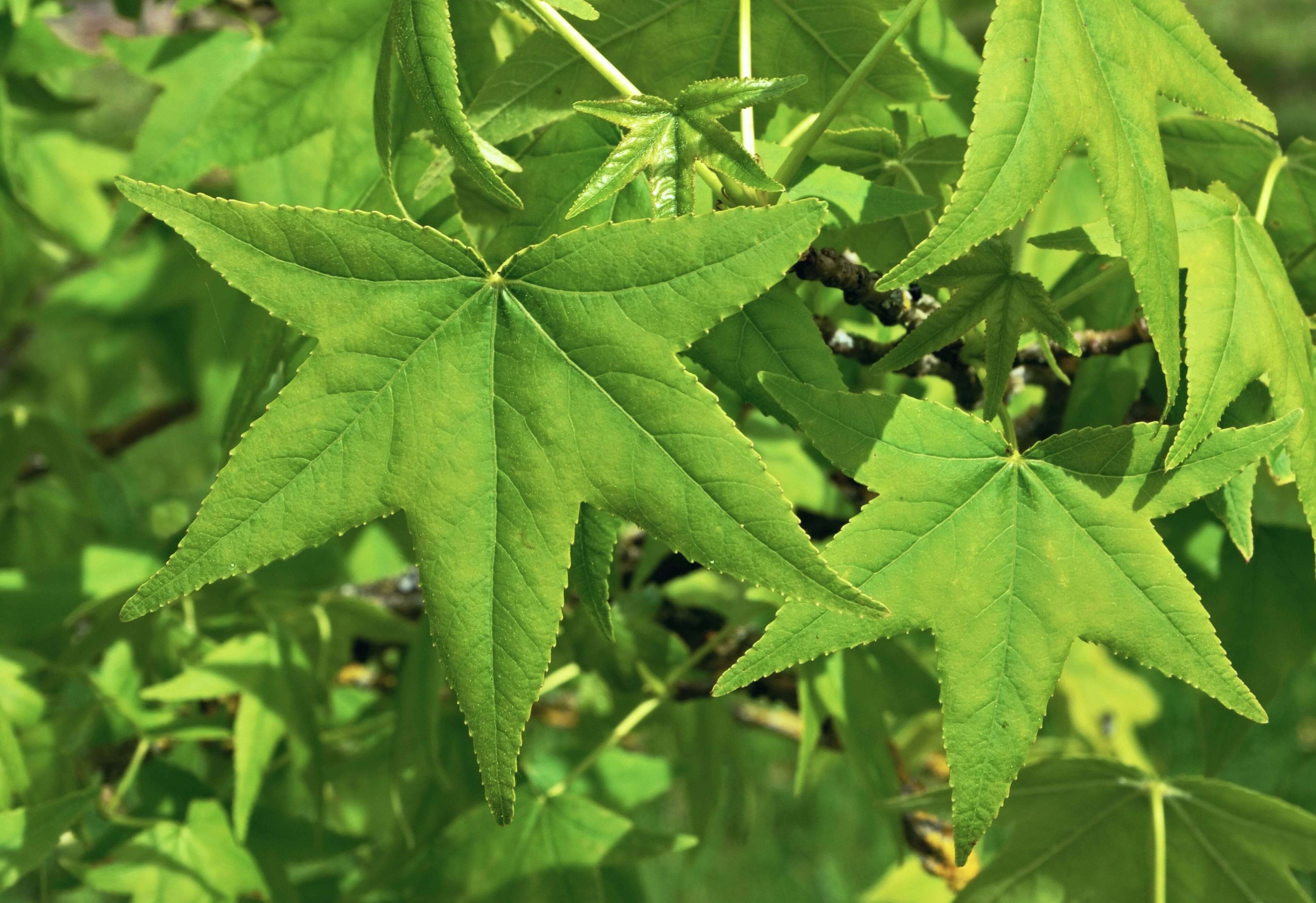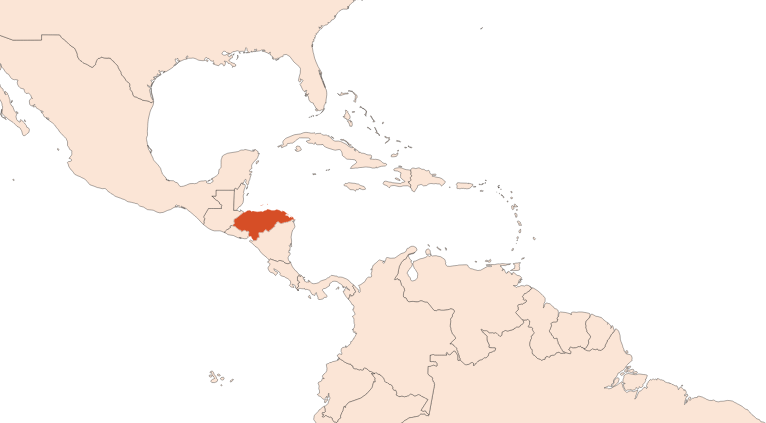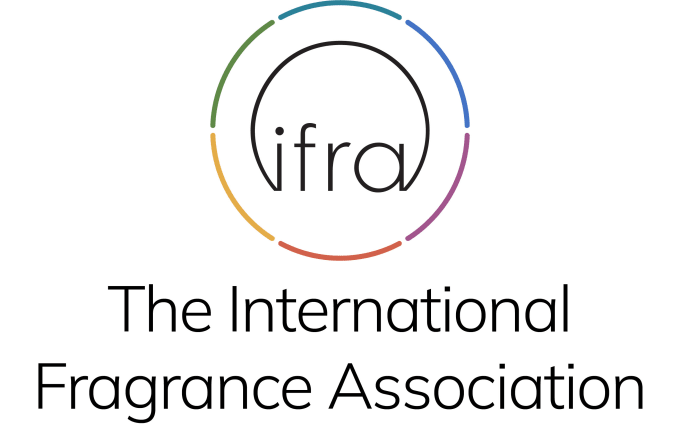
| Company | Ingredient Name | ID | Comments | Naturality | Certifications | Purity | Latin name | Treated part | Geographical origin | MOQ |
|---|---|---|---|---|---|---|---|---|---|---|
|
|
Resinoide de Styrax - 30 gr | - |
Visit website
|
- | - | - | - | - | - | |
|
|
STYRAX Rectified Essential Oil (decolourised) | M_0062561 |
Visit website
|
Naturel | - | - | - | - | - | |
|
|
STYRAX Rectified Essential Oil (styrolen reduced) | M_0061486 |
Visit website
|
Naturel | - | - | - | - | - |
General Presentation
-
CAS N° : 8046-19-3
-
EINECS number : 305-627-6
-
FEMA number : Donnée indisponible.
-
Appearance : Viscous amber liquid
-
Density : 0,950 - 1,015 @20°C
-
Volatility : Heart
-
Price Range : €€€€
Physico-chemical properties
-
Optical rotation : Donnée indisponible
-
Vapor pressure : Donnée indisponible
-
Refractive Index @20°C : Donnée indisponible
-
Acid Value :
-
Flash Point :
Uses
Uses in perfumery :
Used in fine fragrance for floral-hyacinth, tuberose, rose, carnation notes. Useful in amber, leather, chypre and spicy notes.
Major Components :
- Styrene (≈70%)
- Alpha-Pinene (≈20%)
- Beta-Pinene (≈4%)
- Benzyl Cinnamate (≈2%)
- Cinnamyl Alcohol (≈2%)
- D-Limonene (≈1%)
- Camphene (≈1%)

Photo credits: ScenTree SAS
Botanical name :
Liquidambar orientalis Mill.
Synonyms : Liquidambar imberbis Aiton // Liquidambar orientalis subsp. integriloba Fiori
Botanical profile :
Styrax is a tree of the Hammamelidae family and the genus Liquidambar.
Chemotypes :
The genus Liquidambar has two major species cultivated for perfumery:
The Liquidambar styraciflua (present in Latin America, especially in Honduras) naturally exudes the resin. Its composition is richer in Beta-Caryophyllene.
The Liquidambar orientalis (present in Turkey) must be hammered to exude the resin.
Two other species can be used in perfumery, but on a smaller scale:
The Liquidambar formosana, or Formosan sweetgum, from China.
The Liquidambar acalycina, also from China (South of the country).
Extraction process :
Styrax is a medium-sized tree that secretes a resin in its sapwood (the youngest part of a tree) and its bark.
The resin is naturally secreted by the trees but its secretion can be accelerated by an incision or voluntary hammering of the tree. After a month drying on the tree, the resin is collected to be extracted by steam distillation after filtration.
The drying hardens the resin, which turns brown due to oxidation. Once placed in the distillation tank, the steam distillation is done under pressure and the essential oil is collected at the end of the process, by decantation, with a rather high yield.
Styrax resinoid results from an extraction with alcohol and has more hold, is more ambered, balsamic and warm than the essential oil. There is also a CO2 extract of Styrax, which gives the extract a higher olfactory quality, but is more expensive.
The leaves of the tree can also be extracted, to obtain an essential oil whose composition is more volatile and smell is very terpenic.
Other comments :
The fragrant ambered resin secreted by the tree is intended to heal the bark in case of incision or natural injury. In ancient Egypt, Styrax was used for fumigations as an offering to the gods, as well as myrrh and khyphi.
Styrax is sometimes called storax, as it was in the old days.
Globally, Styrax EO Pyrogenated is used to bring a smoky woods aspect to leather compositions, Styrax EO for its white flowers facet and Styrax Resinoid for an animalic note.
Stability :
Solubility issues in perfumes
Aromatic compounds can be chromophoric and cause a coloration of the oil, especially in alkaline bases
Regulations & IFRA
Allergens :
IFRA 51th :
This ingredient is restricted by the 51th amendment
- Quantitative limit on the use :
-
Cat.1 Cat.2 Cat.3 Cat.4 Cat.5A B C DCat.6 0,12 % 0,034 % 0,69 % 0,64 % 0,16 % 0,16 % 0,16 % 0,16 %0,38 % Cat.5A B C DCat.6 0,16 % 0,16 % 0,16 % 0,16 %0,38 % Cat.7A BCat.8 Cat.9 Cat.10A BCat.11A BCat.12 1,3 % 1,3 %0,068 % 1,3 % 4,5 % 4,5 %2,5 % 2,5 %No Restriction Cat.10A BCat.11A BCat.12 4,5 % 4,5 %2,5 % 2,5 %No Restriction
-
Prohibited fragrance ingredients: notes
Crude gums of Liquidambar styraficula L. var. macrophylla or Liquidambar orientalis Mill. should not be used as fragrance ingredients for any finished product application.
Restricted ingredients: notes
Only extracts or distillates (resinoids, absolutes and oils), prepared from exudations of Liquidambar styraciflua L. var. macrophylla or Liquidambar orientalis Mill., can be used.
Specified ingredients: notes
Styrax oil can be obtained from solvent extraction or pyrolysis. Styrax oil obtained through pyrolysis shall be rectified according to Good Manufacturing Practices (GMP) and the content of Polycyclic Aromatic Hydrocarbons (PAH) resulting from their use shall respect the following requirement: Benzopyrene and 1,2-Benzanthracene are to be used as markers for PAH. If used alone or in combination with rectified Cade oil, rectified Birch tar oils or rectified Opoponax oil, the total concentration of both of the markers should not exceed 1 ppb in the final product.



